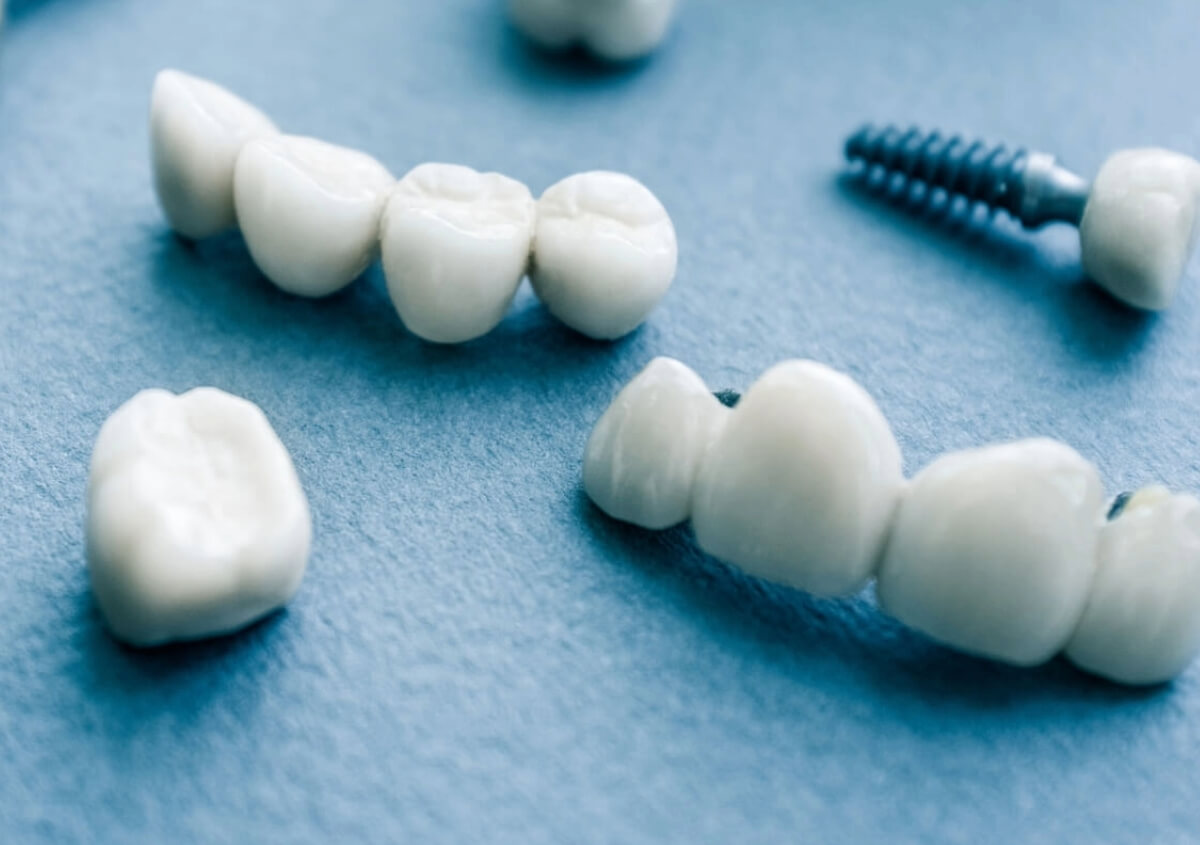
09
Jan
Alternatives to Dental Crowns: A Biomimetic Approach

Are dental crowns even needed anymore? The biomimetic approach would say NO. Biomimetic dentistry emphasizes imitating nature to preserve and restore the health of our teeth. One of its core principles is preserving natural tooth structure, a departure from the conventional approach that often involves significant removal of healthy tooth structure to make room for a new crown.
Minimally-Invasive Alternatives to Dental Crowns:
- Biomimetic Bonding: Biomimetic bonding is THE cornerstone of this innovative dental approach. Instead of removing extensive amounts of healthy tooth structure, biomimetic bonding involves the careful application of composite materials in layers to mimic the natural teeth. Composite materials shrink when they harden, so careful application in layers is used to minimize the shrinkage of the material and maintain a strong seal between the filling material and the tooth. This method not only preserves the tooth’s integrity but also provides a strong and durable restoration.
- Inlays, Onlays, and Overlays: Inlays, onlays, and overlays are essentially pieces of porcelain or composite that are used to replace just the damaged or decayed portion of a tooth, leaving the healthy tooth structure intact. The damaged portion of the tooth is removed, and a digital scan or impression is made of the remaining healthy tooth. The restorations are then designed and fabricated outside the mouth and bonded into place. Inlays are used to replace the grooves of teeth, while overlays and onlays usually extend to cover more of the biting surface.
- Pulp Capping: Biomimetic dentistry champions guidelines when removing dental decay to prevent exposure of the tooth’s dental pulp (nerve). The tooth is then disinfected, and the surface is sealed before rebuilding the tooth. This dramatically reduces the need for root canal therapy.
- No-Prep or Minimal-Prep Veneers: We can utilize very thin pieces of ceramic bonded to the front surface of teeth to improve the aesthetics and function of a smile. By saving as much tooth structure as possible, we get a stronger bond between the veneer and the tooth, less post-operative sensitivity, and a longer-lasting restoration.
SCHEDULE NOW
Benefits of Minimally Invasive Biomimetic Alternatives:
- Preservation of Healthy Tooth Structure: By avoiding unnecessary removal of healthy enamel, biomimetic alternatives prioritize the preservation of the natural tooth structure.
- Reduced Sensitivity: Minimally invasive approaches are associated with a lower risk of post-treatment tooth sensitivity, enhancing the patient’s overall comfort.
- Enhanced Aesthetics: Biomimetic alternatives seamlessly blend with the natural tooth, providing aesthetically pleasing results that maintain the beauty of the patient’s smile.
- Long-Term Durability: The minimally invasive techniques and bio-compatible materials contribute to the longevity of restorations, reducing the likelihood of future complications.
- Fewer Root Canals: Biomimetic techniques can significantly reduce the subsequent need for root canal treatment.
In the world of dentistry, biomimetic approaches offer a less invasive alternative to traditional dental crowns. By prioritizing the preservation of natural tooth structure and using state-of-the-art bonding techniques, biomimetic dentistry provides patients with solutions that look better, feel better, and last longer.
Share this Article

Dr. Chase Larsen
Dr. Chase Larsen, DMD, strives to provide his patients with undetectable cosmetic and restorative
dentistry using
minimally-invasive techniques.
He is a graduate of the Tufts
University School of Dental Medicine and completed an Advanced Education
in General
Dentistry residency. He loves helping patients feel confident about their smiles and teaches
cosmetic dentistry to colleagues throughout the country.
